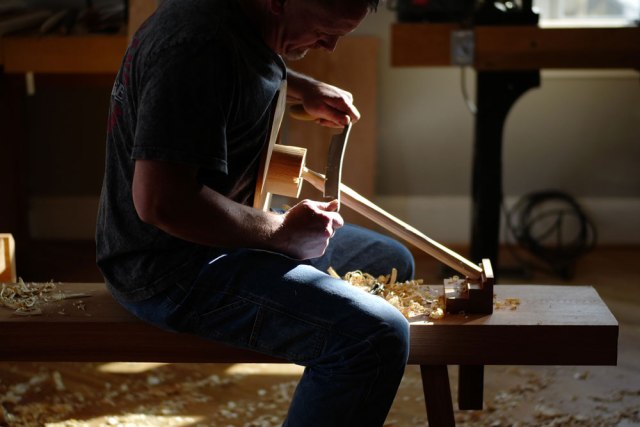
Every book I write has a guiding principle. Something I mutter during the research, building, writing and editing. (For example, “Disobey me” from “The Anarchist’s Tool Chest.”)
For “Ingenious Mechanicks: Early Workbenches & Workholding,” my mantra wasn’t as catchy. But I love it all the same.
“The principle is that you must not fool yourself, and you are the easiest person to fool.”
— Prof. Richard Feynman (1918-1988), winner of the Nobel Prize in Physics in 1965
When you write a book, it’s like constructing a little world. And what you include, leave out or emphasize can change its message, even if you are want to do something as straightforward as building old benches and figuring out how they work.
So for my last couple books, I subjected myself to peer review. For “Ingenious Mechanicks,” I invited a bunch of woodworkers of all stripes – modern, traditional, all hand-tool, powered-to-the-max, beginners, experts – and showed them what I found. Then I gave them free reign to use the benches. I watched and wrote down what they said.
(Even better, photographer Narayan Nayar took dozens of gorgeous photos to illustrate the book. The photo at the top of this entry is one of his unprocessed jpegs.)
The participants had a lot to say, and the review process eased my mind. These benches and early workholding devices work brilliantly (with a few exceptions). And, most importantly, their comments didn’t send me back down a rabbit hole for more research.
The book is nearly done. The text of “Ingenious Mechanicks” is now being edited by Megan Fitzpatrick. I have to draw a few maps to illustrate Suzanne Ellison’s chapter. Then I can begin designing the book’s pages.
Whew. Buttocks unclenched.
— Christopher Schwarz, editor, Lost Art Press
Personal site: christophermschwarz.com